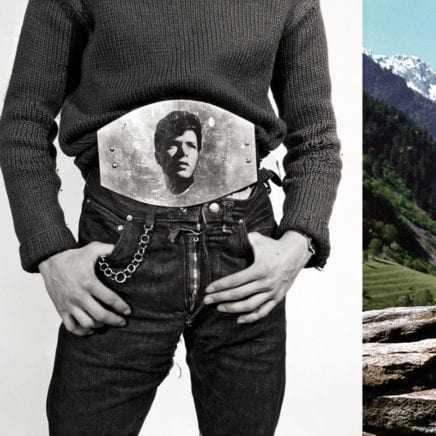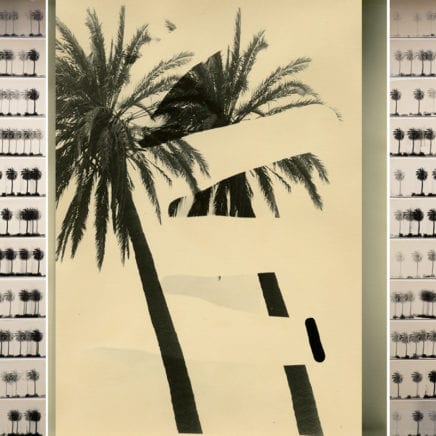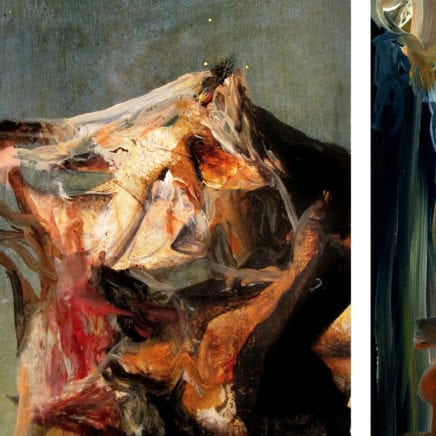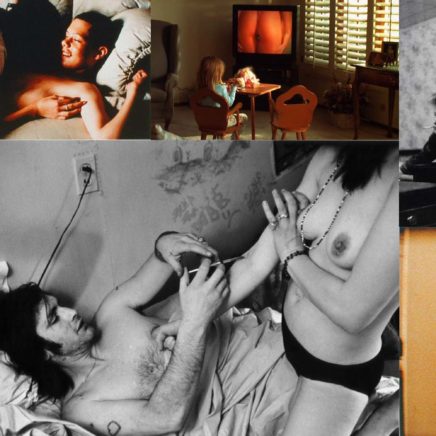
Mark van den Brink The Minox Files
The Minox pocket camera was developed in 1936 by Walter Zapp to provide the public with a small compact camera that was easily portable and that was economically feasible for a budding amateur class of photographers to purchase. Its innovative design, compact, small, and easily hidden were later co-opted as something of a novel […]










